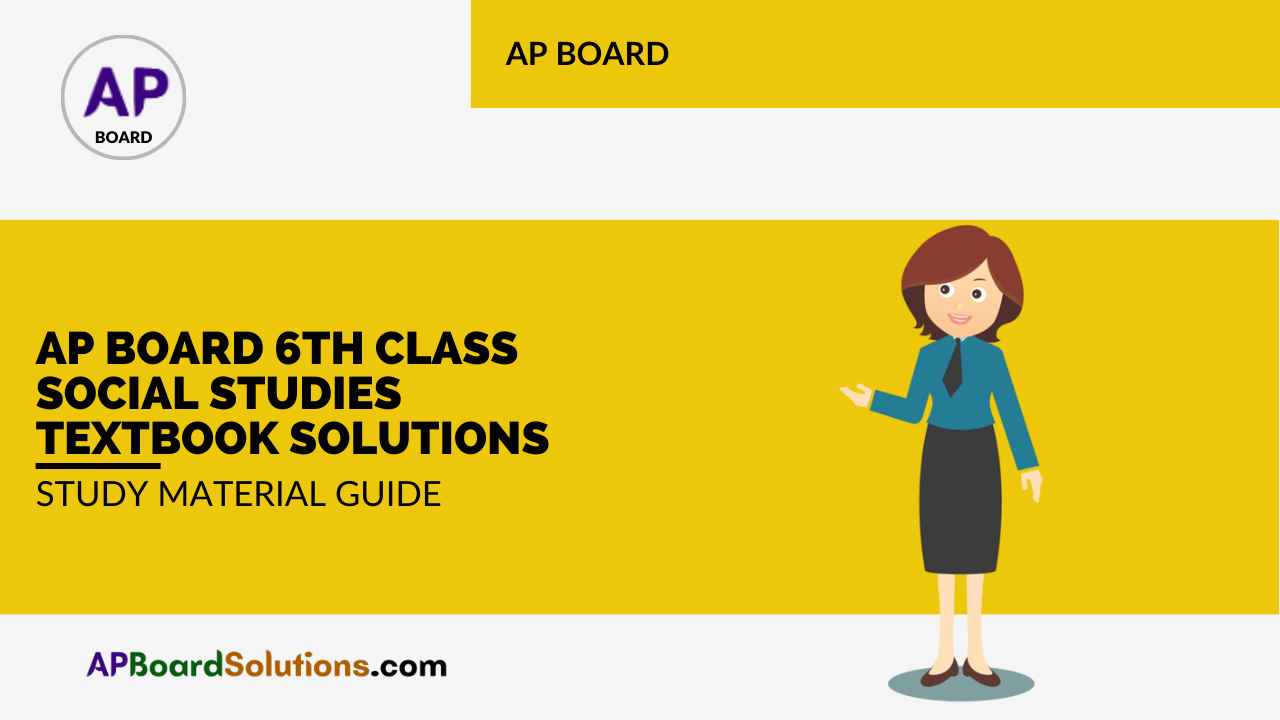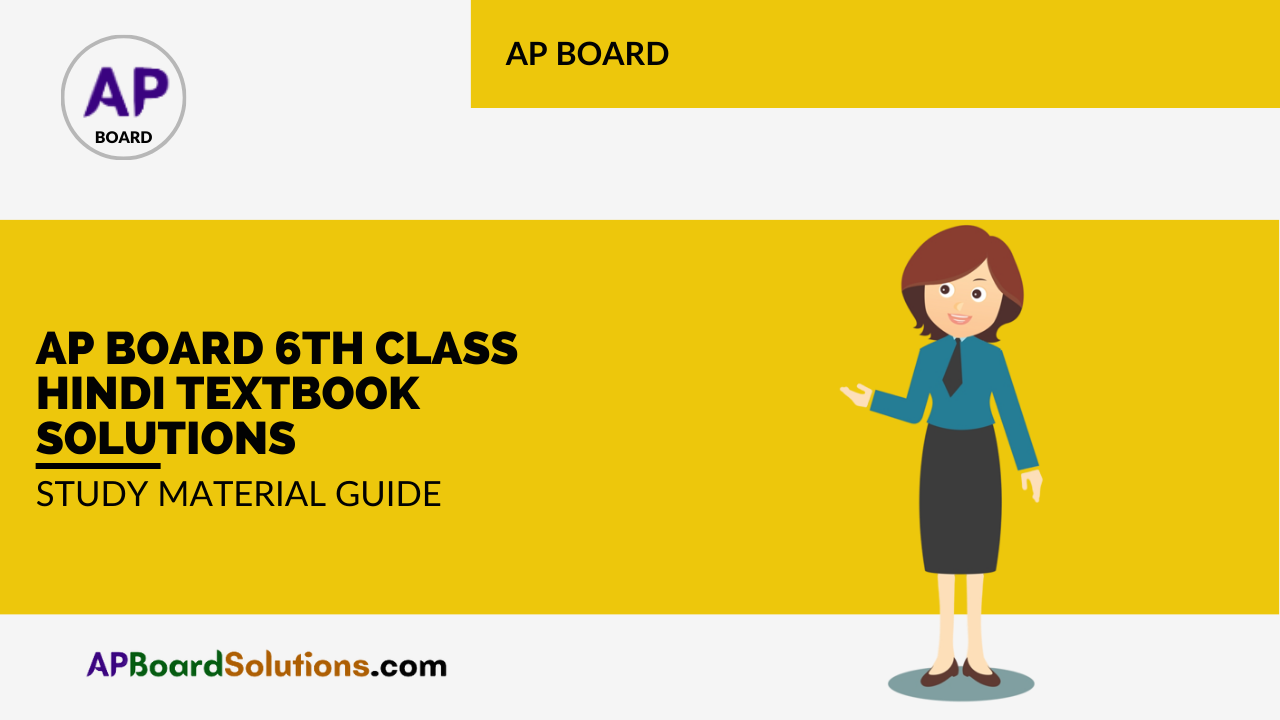Regular practice with TS 6th Class Social Bits with Answers 8th Lesson Trade in Agricultural Produce Part 1 improves students’ confidence and readiness for assessments and examinations.
TS 6th Class Social Bits 8th Lesson Trade in Agricultural Produce Part 1
Objective Type Questions
I. Choose the correct answer and write its letter in the bracket.
1. Gouri is a small
A) Vegetable vendor
B) Grossery shop
C) Fruit vendor
D) Farmer
Answer:
A) Vegetable vendor
2. Weekly market is called
A) Rythu bazaar
B) Retail market
C) Wholesale market
D) Santhalu
Answer:
D) Santhalu
![]()
3. Chouttuppal is a small town in ………….. district.
A) Hyderabad
B) Yadadri
C) Nalgonda
D) Ranga Reddy
Answer:
B) Yadadri
4. The government provided “Pavala Vaddi” scheme for
A) Farmers
B) Industrialists
C) Low income earners
D) Employees
Answer:
C) Low income earners
5. Nearly of traders in Santhalu are women.
A) Two-thirds
B) Three-fourths
C) Two-fourths
D) Three-fifths
Answer:
B) Three-fourths
6. Gouri (In the lesson) resides in this village.
A) Rampur
B) Sripuram
C) Bhogapuram
D) Islampet
Answer:
B) Sripuram
7. The work of Gouri
A) retail shop
B) wholesale trader
C) vegetable vendor
D) liquor shop
Answer:
C) vegetable vendor
![]()
8. Where do the retail traders purchase the material they need.
A) from other retail trader
B) from wholesale trader
C) in weekly market
D) in Rythu Bazar
Answer:
B) from wholesale trader
9. What happens if retail traders maintain cash for their next days purchase ?
A) They should taken loan from money lenders
B) They should take loan from SHGs
C) They should get loan from wholesale traders
D) All the above
Answer:
D) All the above
10. The vendors should meet loss in there issues.
A) the goods get destroy during the time of sickness
B) when the money lenders change high interests ‘
C) both A and B
D) when they sell the goods at a higher price (more than purchasing rate)
Answer:
C) both A and B
11. The main reason for more profits of big traders
A) because bankers lend loans on low interest rates
B) because of having cold storage facilities
C) because of having marketing facilities
D) all the above
Answer:
D) all the above
12. On a particular day, in a particular region traders sell their goods by changing the places
A) Weekly market
B) Yard
C) Rythu Bazar
D) God own
Answer:
A) Weekly market
![]()
13. The number of weekly markets in our country approximately
A) 10,000
B) 20,000
C) 25,000
D) 40,000
Answer:
C) 25,000
14. On this day the weekly markets is conducted in Choutuppal village.
A) Monday
B) Sunday
C) Tuesday
D) Wednesday
Answer:
B) Sunday
15. For these Chouttuppal has special places.
A) for animal traders
C) for the sale of edibles
B) for provisional goods sale
D) all the above
Answer:
D) all the above
16. The dry mirchi seller in the lesson
A) Gouri
B) Indra
C) Vanaja
D) Sailaja
Answer:
B) Indra
![]()
17. Where did Indra purchase mirchi?
A) From the wholesale traders of Warangal
B) From the wholesale traders of Khammam
C) From the wholesale traders of Mahaboobnagar
D) from the wholesale traders of Nalgonda
Answer:
B) From the wholesale traders of Khammam
18. The day of weekly market in Kattangur
A) Sunday
B) Monday
C) Tuesday
D) Saturday
Answer:
D) Saturday
19. The daily income of Indra is Rs………..
A) 200- 300
B) 300-400
C) 400-500
D) 500-600
Answer:
A) 200- 300
20. This scheme gives profit to Indra trade
A) Cash transfer scheme
B) Pavala vaddi scheme
C) Subsidies scheme
D) Mudra scheme
Answer:
B) Pavala vaddi scheme
21. Many farmers take these persons help in buying and selling their animals.
A) Veterinary doctors
B) Officers of animals
C) Brokers
D) None
Answer:
C) Brokers
![]()
22. The number of women in weekly markets
A) 1/2
B) 2/3
C) 3/4
D) 4/5
Answer:
C) 3/4
23. The products sold by small farmers in weekly markets
A) Agricultural products like fruits and vegetables
B) Perishables
C) Both A & B
D) Readymade clothes
Answer:
C) Both A & B
24. Weekly markets are mostly creative life opportunities to these people.
A) small traders
B) coolies
C) transporters
D) all the above
Answer:
D) all the above
![]()
25. The places where the producers sell their products directly of the consumers.
A) Rythu Bazars
B) Yard
C) Markets
D) Sales shops
Answer:
A) Rythu Bazars
26. Who get membership in Rythu Bazars ?
A) Farmers
B) Millers
C) SHG’s
D) All the above
Answer:
D) All the above
27. The members in price fixing committee in Rythu Bazars for their products.
A) Farmers
B) Employees
C) Both A & B
D) Wholesale traders
Answer:
C) Both A & B
28. The system followed in Rythu Bazar in fixing the price
A) 25% more price than that of from wholesale trader
B) 25 % less price than that of from retailers
C) Taking both A \& B into consideration
D) None
Answer:
C) Taking both A \& B into consideration
29. What is the main problem faced by the farmer in Rythu Bazar?
A) Availability of space in Rythu Bazar is not possible for late comers
B) No proper parking place
C) Biname farmers
D) All the above
Answer:
D) All the above
30. 
Who is in the picture ?
A) Street vendor
B) Market buyer
C) Market seller
D) None of the above
Answer:
A) Street vendor
31.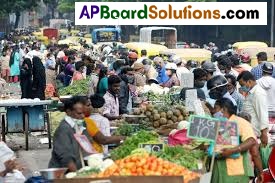
What does the picture shows ?
A) Weekly market
B) Rythu Bazar
C) Market
D) Fair
Answer:
A) Weekly market
32.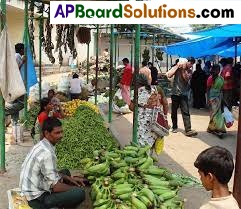
A) Market
B) Weekly market
C) Rythu Bazar
D) Super Market
Answer:
C) Rythu Bazar
33. Find the correct statement.
1) In self – help group rate of interest is low.
2) Money lender will charge low rate of interest.
A) 1 only
B) 2 only
C) Both are wrong
D) None
Answer:
C) Both are wrong
34. People from more than ………….. surrounding villages come to buy goods in the Chouttuppal weekly market. ( )
A) 50
B) 20
C) 30
D) 40
Answer:
D) 40
![]()
35. In Self-Help Group members pay for every 100 rupees per month.
A) 50 paise
B) 25 paise
C) 30 paise
D) 1.00 rupee
Answer:
B) 25 paise
36. In Rythu bazaars the principle is that price should be around % more than the wholesale price.
A) 50
B) 25
C) 75
D) 80
Answer:
B) 25
37. In Rythu bazaars directly sell their goods to consumers.
A) producers
B) S.H.G. members
C) customers
D) employees
Answer:
A) producers
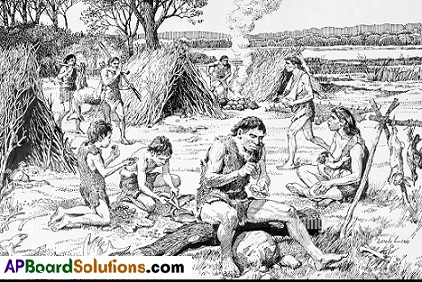
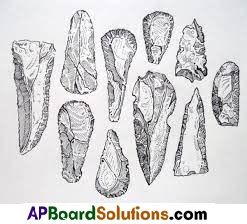
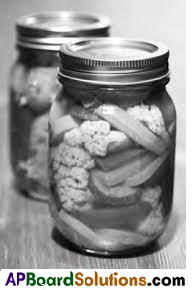
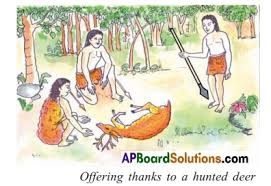


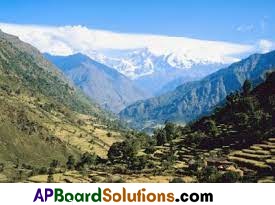




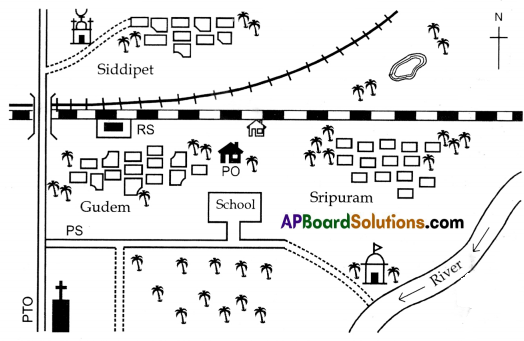
 indicates
indicates indicates
indicates
